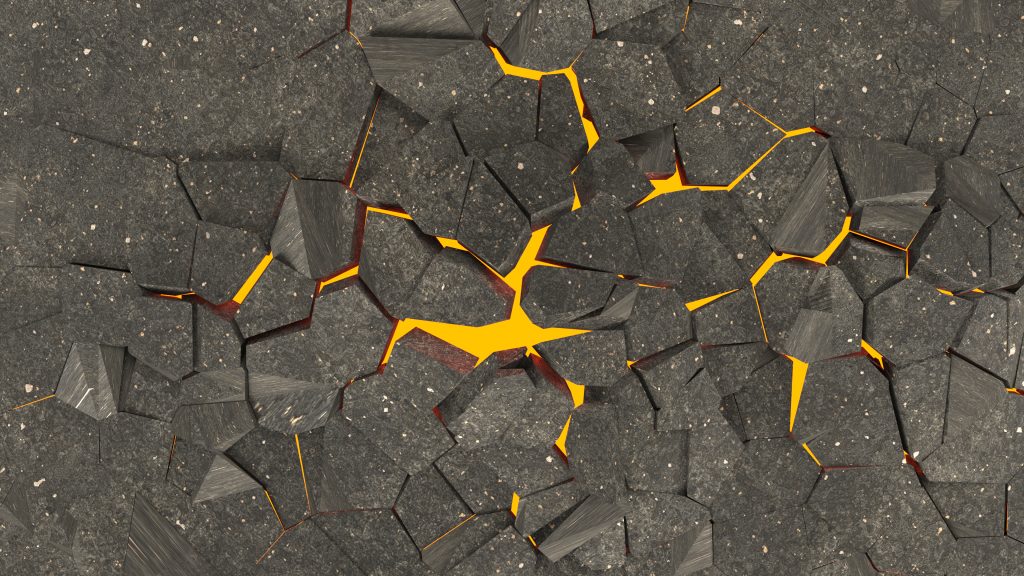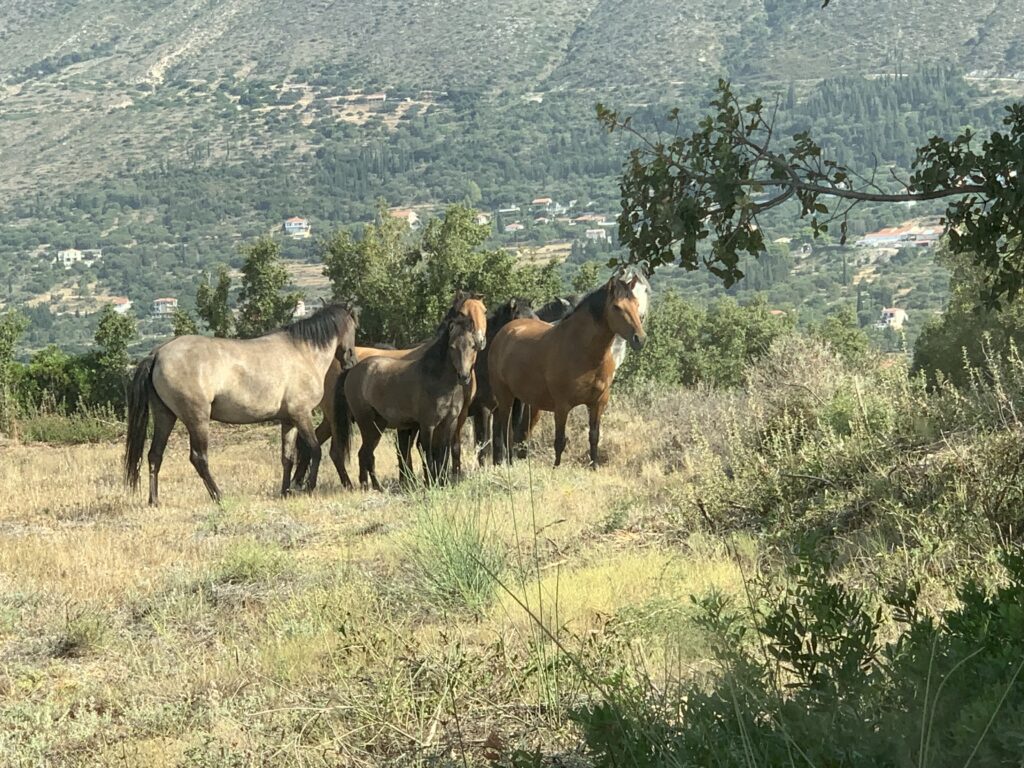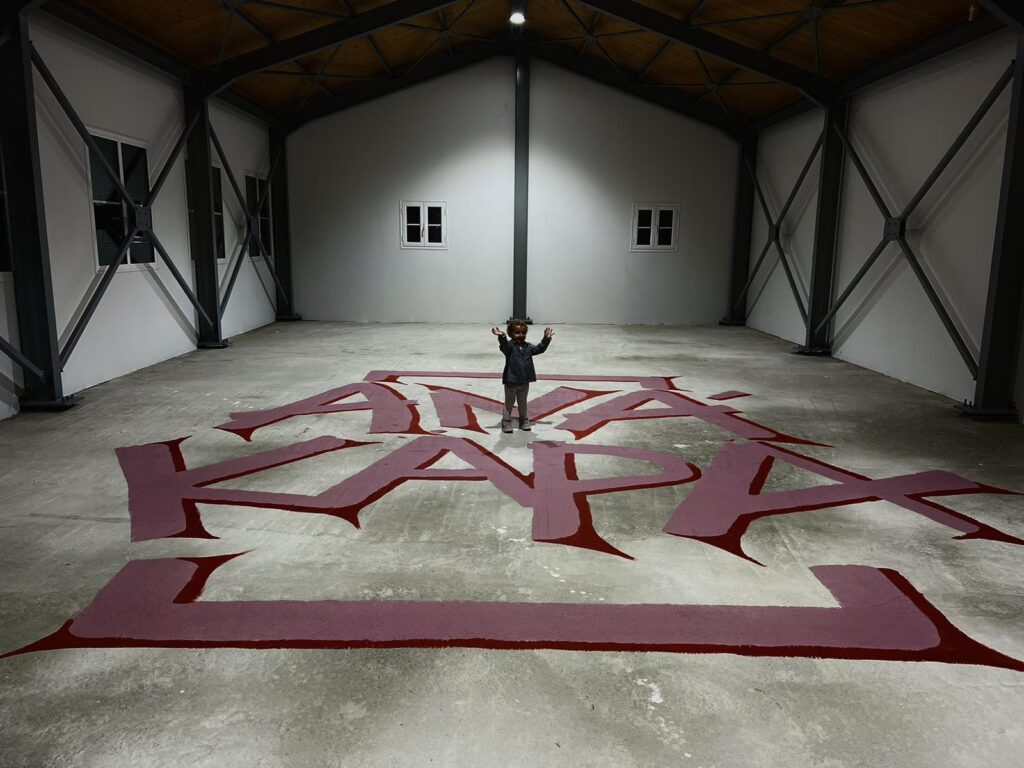The calendar read Wednesday 30 July 2025, when Russia's Far East "buckled". The Kamchatka Peninsula experienced an earthquake measuring 8.8 on the Richter scale, one of the strongest ever recorded in the history of seismology. The images that went around the world sent shivers down the spine: troubled seas, mass evacuations, global mobilisation to prevent another tragedy like Japan 2011 or Indonesia 2004.
More than two million people were ordered to evacuate, with early warning systems playing a key role in limiting the impact. The memory of the past was there: more than 230,000 people were killed in 14 countries by the tsunami that followed the 26 December 2004 earthquake.
Despite the giant earthquake, the tsunami that followed this time turned out to be milder than predicted. Yet the event has once again raised a timeless question in the global debate: What happens when nature decides to remind us of its power?
The earth beneath our feet: How a mega-earthquake is born
Kamchatka is not a random spot on the map. It is located in the so-called "Ring of Fire", a geologically active zone surrounding the Pacific Ocean. There, tectonic plates are incessantly colliding, sinking, compressing and finally discharging. In particular, the Pacific plate is moving northwestwards at a speed of 8 cm per year and colliding with the Okhotsk microplate.
When one plate is wedged under the other - a process called subduction - the result is the accumulation of enormous energy. When this energy is released suddenly, it is called a megathrust earthquake. Earthquakes of this kind, such as in Chile in 1960 or Japan in 2011, are the strongest that nature has ever given.
The deadliest and strongest earthquakes on the planet
The strongest earthquake ever recorded was the one in Chile in 1960: 9.5 Richter. It struck southern Chile and caused a tsunami that reached as far as Japan and the Philippines. More than 1,600 people were killed, while thousands were injured and displaced.
Alaska in 1964 was hit by a 9.2 magnitude earthquake, also with deadly consequences. This was followed by Indonesia's 9.1 magnitude earthquake in 2004, with over 230,000 victims - one of the greatest humanitarian tragedies. In 2011, Japan was hit by a 9.0 magnitude earthquake and tsunami.
Other strong earthquakes with serious consequences include the 8.8 magnitude earthquake in Chile in 2010, and the 8.5 magnitude earthquake in Kuril in 1963.
Greece: We live in a troubled corner of the Mediterranean
Greece is one of the most earthquake-prone countries in Europe - and not by chance. Its position on the collision of the African and Eurasian plates puts it on permanent alert. Although earthquakes above 8 Richter are rare, the country has experienced exceptional cases.
The strongest earthquake in the history of Greece occurred in 365 AD off Crete. It is estimated to have reached 8.5 Richter and caused a tsunami that even hit Alexandria in Egypt. In modern times, the strongest earthquake was 8.2 Richter and struck Rhodes in 1856, leaving 618 dead.
Here is an indicative list of some of the most powerful earthquakes in Greece:
- 12 October 1856 Crete 8.2 Richter - 618 necros
- 16 February 1810 Crete 7.8 Richter 7.8 2,500 dead
- 26 June 1926 Rhodes 7.7 or 8.0 Richter 12 dead
- 27 June 1886 Filiatra 7.5 Richter - 326 dead
- 9 July 1956 Amorgos 7.5 Richter 7.5 - 53 dead
- February 4, 1867 Kefalonia 7.2 Richter - 224 dead
- 25 April 1957 Rhodes, 7.2 Richter - 18 dead
- August 11, 1903 Kythera 7.2 to 8 Richter - 14 dead
- 12 August 1953 Argostoli 7.2 Richter - 476 dead
- 25 April 1957 Rhodes 7.2 Richter 7.2 - 18 dead
- 19 February 1968 Agios Efstratios 7.1 Richter - 20 dead
- 27 April 1894 Atalanti 7.0 Richter - 225 dead
- 26 September 1932 Ierissos 7.0 Richter 7.0 - 161 dead
- 25 February 1935 Crete 7.0 Richter - 8 dead
- October 6, 1947 Messinia 7.0 Richter - 3 dead
When it comes to the deadliest:
- 3/4/1881 - Chios - 6.4 Richter - over 4,000 dead
- 16/2/1810 - Crete - 7.8 Richter - 2,500 dead
- 12/10/1856 - Crete - 8.2 Richter - 618 dead
- 30/10/1840 - Halki - 6.5 Richter - 600 dead
- 7/3/1867 - Lesvos - 6.8 Richter - 550 dead
- 12/8/1953 - Kefalonia - 7.2 Richter - 476 dead
- 27/6/1886 - Filiatra - 7.5 Richter - 326 dead
- 27/4/1894 - Atalanti - 7.0 magnitude - 225 dead
- 4/2/1867 - Kefalonia - 7.2 magnitude - 224 dead
- 23/4/1933 - Kos - 6.6 Richter - 178 dead
- 26/9/1932 - Ierissos - 7.0 Richter - 161 dead
- 7/9/1999 - Parnitha - 6.0 Richter - 143 dead
- 1/8/1870 - Arahova - 6.8 magnitude - 117 dead
- 30/10/2020 - Samos - 6.7 magnitude - 116 dead
- 14/5/1895 - Paramythia, Thesprotia - 6.3 Mhter - 75 dead
Kefalonia in the spotlight: A "sleeping" threat
Η Kefalonia has its own special - and not at all quiet - place on the seismic map of Greece. The Ionian Sea is one of the most earthquake-prone areas of the country and Kefalonia has experienced disasters that marked its history.
The most characteristic earthquake occurred on 12 August 1953. It had a magnitude of 7.2 Richter and literally flattened the Ionian Islands: Kefalonia, Zakynthos and Ithaca. 476 people were killed, over 2,000 people were injured and more than 27,000 houses collapsed. Argostoli and Lixouri were reduced to rubble.
It is worth noting that the first major earthquake had occurred two days earlier, on 9 August. Then came the main earthquake and another strong aftershock on 13 August. This three-day event is remembered locally as 'the disaster'.
Even more recently, Kefalonia has been tested: in 2014 there were two earthquakes above 5.8 Richter within two weeks, which caused damage but no casualties - proof that buildings are now more resilient.
Living with the moving earth
Kefalonia, like the whole planet, cannot "plan" earthquakes. But it can be prepared. Warning systems, seismic building, proper information and calmness are our main weapons.
The role of early warning systems proved to be crucial in the case of Kamchatka as well. Many Pacific countries now have specialised tsunami monitoring centres, which send immediate warnings to the population and call for evacuation of coastal areas. Such a system did not exist in 2004, when the deadly Indian Ocean tsunami left more than 230,000 victims. Today, such technological infrastructure is saving lives - especially in areas of high seismicity such as Kamchatka or Japan.
Although scientists cannot yet predict exactly when an earthquake will occur, early warning of a tsunami or other consequences of an earthquake can be life-saving. Knowledge, then, is not just a strength; it is also a defence.
The earth may tremble, but preparedness and information must not be compromised. Earthquakes are not only natural phenomena. They are also social ones - because how they find us depends largely on how we have lived before them.




